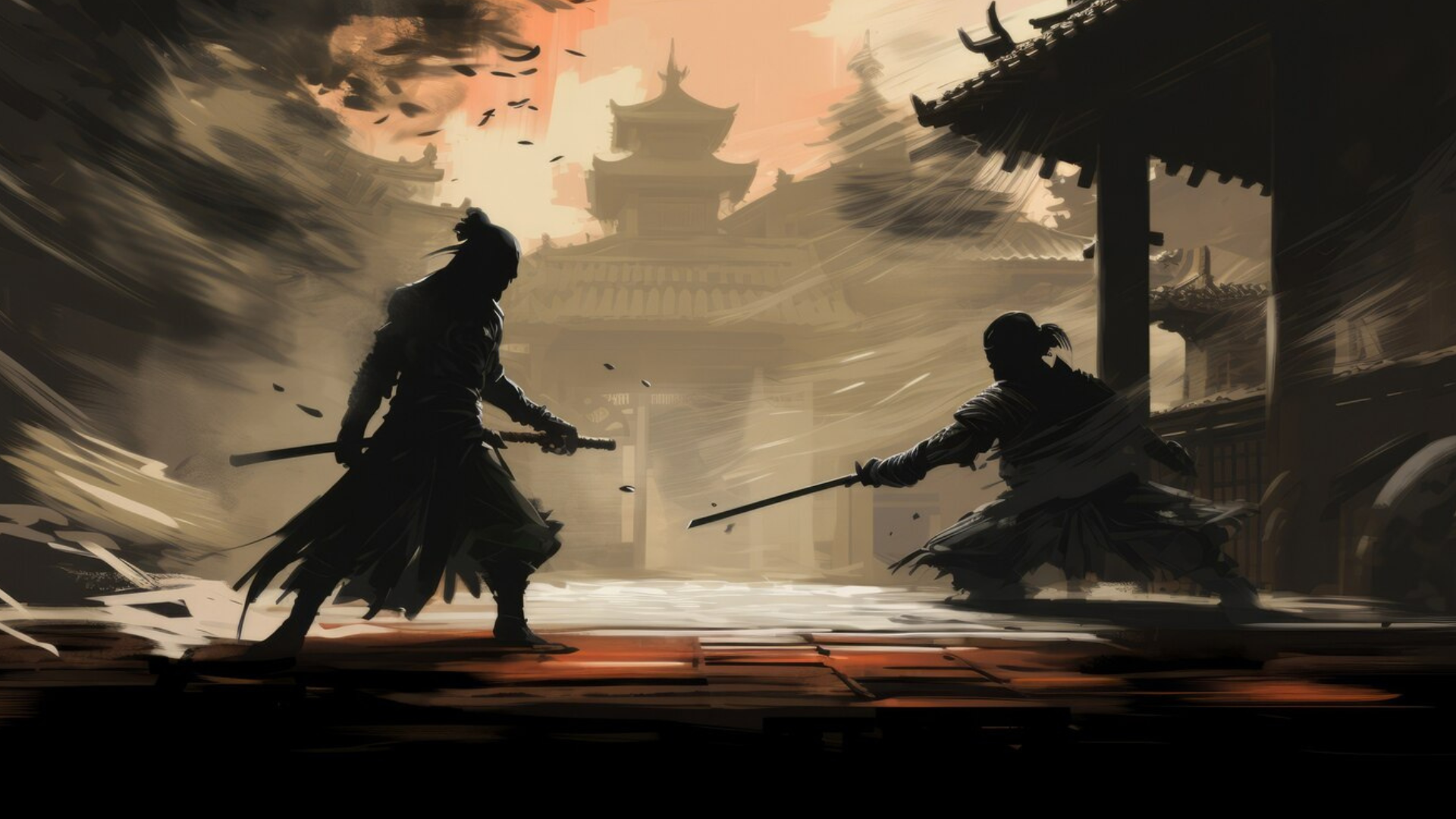Kendo is more than just a sport; it’s a way of life steeped in tradition and honor. As players wield bamboo swords, they channel centuries of history and culture, embodying the spirit of the samurai. But what happens when this noble practice becomes haunted by darker forces? Picture a kendo player caught in an intense inner struggle against not only their own demons but also the restless ghost of a bastard aristocrat.
This unique tale weaves together the discipline and intensity of kendo with supernatural elements that challenge both body and mind. The gripping conflict unfolds as our protagonist navigates through shadows that threaten to consume them. Join us on this journey as we explore how one can fight against possession while striving for personal peace amidst chaos.
The Haunting of the Kendo Player
Kendo, a martial art steeped in tradition, can sometimes become a haunting ground for those who practice it. Imagine a dedicated player, lost in the rhythm of their strikes and movements. Yet something feels off.
As they swing their shinai, whispers fill the dojo. A chill dances along their spine. The ghost of an aristocrat looms large—a remnant of nobility that once occupied this very space. Shadows merge with memories of honor and pride.
This spectral presence begins to seep into the player’s mind, distorting reality. Each match becomes a battleground not just against opponents but against an unseen force tugging at their spirit.
The player’s technique falters as thoughts spiral into darkness. They grapple not only with physical foes but also with echoes of ancient lineage demanding perfection and respect—an overwhelming weight that threatens to shatter their resolve entirely.
The Struggle with Nobility’s Ghost
The presence of Nobility’s ghost loomed large in the dimly lit dojo. With each practice, the kendo player’s heart raced as whispers echoed through his mind.
This was no ordinary struggle; it was a battle against an entity steeped in privilege and entitlement. The ghost sought to dominate, pushing the player beyond his limits and into despair.
Every swing of the shinai felt heavy with history. Each clash resonated with unresolved conflicts from centuries past. The once peaceful art became a chaotic dance between two souls—a modern fighter versus an aristocrat trapped in time.
Yet, beneath this turmoil lay a yearning for understanding. As shadows twisted around him, he grappled not only with spirit but also with his own identity—challenging notions of worthiness imposed by both himself and the spectral figure haunting him.
Physical and Mental Effects on the Player
The possession of a kendo player by the spirit of a bastard aristocrat leads to profound physical and mental changes.
On the mat, movements become erratic. What was once fluid and graceful shifts into something almost chaotic. The athlete struggles to maintain balance, as if wrestling with an unseen force. Each strike feels heavier, more draining.
Mentally, the weight is even greater. Thoughts clouded by a noble’s longings create discord within their mind. There’s an inner conflict between passion for the sport and overwhelming feelings of inadequacy.
Anxiety takes hold during practice sessions, overshadowing every duel with fear of failure and judgment from others. This haunting presence breeds self-doubt—a stark contrast to the unwavering confidence that defines true martial artists.
Days turn into sleepless nights filled with restless dreams where shadows loom large over their aspirations in kendo—and life itself—making each moment feel like an uphill battle against both flesh and spirit.
Seeking Help from Traditional Japanese Exorcism Rituals
In the depths of despair, the kendo player sought answers beyond the physical realm. The haunting presence of nobility’s ghost loomed large, casting a shadow over every match and moment.
Traditional Japanese exorcism rituals became a beacon of hope. These practices, steeped in history and culture, offered solace to those grappling with unseen forces. Shinto priests performed intricate ceremonies filled with prayers and offerings designed to appease restless spirits.
The atmosphere was charged with energy as sacred chants echoed through the air. Each gesture held significance, aiming to cleanse both body and spirit from lingering darkness. It was a delicate dance between reverence and desperation.
Participants felt an undeniable shift within themselves during these rituals—a flicker of light amid overwhelming shadows. The journey into ancient beliefs brought unexpected strength to confront inner demons while embracing tradition’s power for healing.
Overcoming the Possession and Finding Inner Peace
The journey to reclaiming oneself is often fraught with obstacles. For the kendo player, this meant confronting the ghost of a bastard aristocrat. It was an eerie dance of wills, where each clash resonated within their spirit.
Daily practice became both a refuge and battleground. With every swing of the shinai, they visualized severing ties with that oppressive presence. Each strike echoed resilience.
Meditation played a pivotal role as well. Silence enveloped them in those moments, allowing introspection to flourish. The whispers of doubt faded into clarity as breath deepened.
Support from fellow practitioners transformed isolation into community. Their shared stories formed connections stronger than any spectral hold.
Slowly but surely, light began to seep through the cracks of darkness. Moments of joy returned—the sound of laughter during practice sessions and the thrill of competition reignited hope for brighter days ahead.
Conclusion:
The journey of a kendo player facing the haunting presence of nobility’s ghost reveals profound truths about struggle and resilience. This tale is not just about the clash of wooden swords but also an internal warfare against despair, pride, and identity.
Through this battle, we learn that confronting our own shadows can lead to unexpected growth. The kendo player’s experience teaches us that vulnerabilities are part of our humanity. Embracing these complexities allows for deeper self-awareness.
Furthermore, traditional rituals serve as reminders of cultural heritage. They invite healing through introspection and community support. Seeking help is not a sign of weakness; instead, it demonstrates strength in acknowledging one’s battles.
Every challenge faced on and off the dojo floor offers valuable insights into character development. The lessons learned from fighting shadows resonate beyond martial arts—they touch upon universal themes that bind us all together in our human experiences.










